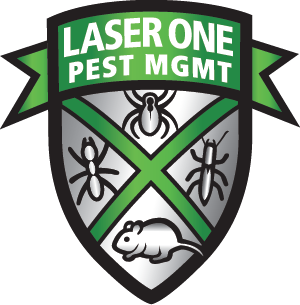Pest infestations can lead to significant economic consequences for homeowners, often far exceeding the initial costs of pest control services. From property damage to health-related expenses, understanding the financial impact of pests is crucial for homeowners. In this post, we’ll discuss the potential costs associated with pest damage and how they can affect your finances.
1. Property Damage
One of the most immediate financial impacts of pest infestations is the damage they can cause to your home. Various pests can wreak havoc on your property:
- Termites: These wood-destroying insects can compromise the structural integrity of your home. The average cost to repair termite damage can range from $3,000 to $8,000, depending on the severity of the infestation and the repairs needed.
- Rodents: Mice and rats can chew through insulation, wiring, and even walls, leading to costly repairs. Electrical damage caused by rodents can also pose fire hazards, increasing potential repair costs significantly.
- Carpenter Ants: Like termites, carpenter ants can damage wood structures within your home. Repair costs for carpenter ant damage can range from $1,000 to $5,000.
Addressing property damage from pests can be expensive, making prevention and early intervention essential for homeowners.
2. Health-Related Expenses
Pests are not just a nuisance; they can also pose serious health risks. Many pests are carriers of diseases that can affect your family and pets. Here are some examples of health-related expenses that can arise from pest infestations:
- Rodents: Rodents can transmit diseases such as hantavirus and leptospirosis, leading to costly medical treatments if family members become infected.
- Cockroaches: These pests are known allergens and can trigger asthma and other respiratory issues. Treating these health problems can lead to medical bills, which may include doctor visits, medication, and ongoing treatment.
- Ticks and Mosquitoes: These pests can transmit diseases like Lyme disease and West Nile virus. The costs associated with treating these illnesses can be substantial, depending on the severity of the infection and the necessary medical interventions.
Investing in pest control services can help mitigate these health risks and reduce potential medical expenses.
3. Increased Utility Bills
Pests can also lead to higher utility bills, particularly if they invade areas of your home that affect heating and cooling efficiency. For example, rodents can create holes in insulation, leading to increased energy costs as your heating and cooling systems work harder to maintain comfortable temperatures. Additionally, infestations can lead to increased humidity levels, attracting moisture-loving pests and requiring further treatment.
4. Lost Time and Productivity
Dealing with pest infestations can also take a toll on your time and productivity. Homeowners may need to take time off work to manage pest control treatments or address damage caused by pests. This lost time can translate into lost wages, further adding to the economic impact of infestations.
5. Prevention and Treatment Costs
While it may seem like a significant upfront expense, investing in regular pest control services can save homeowners money in the long run. The costs associated with routine inspections and preventive treatments are often much lower than the potential repair costs from an uncontrolled pest infestation.
Conclusion
The economic impact of pest infestations on homeowners can be substantial, encompassing property damage, health-related expenses, increased utility bills, lost productivity, and treatment costs. By understanding these potential costs, homeowners can take proactive measures to prevent infestations and protect their financial well-being. Investing in professional pest control services not only safeguards your home but also helps you avoid the long-term financial burden of pest-related issues. If you suspect a pest problem in your home, contact Laser One Pest Management for an expert assessment and tailored solutions.

